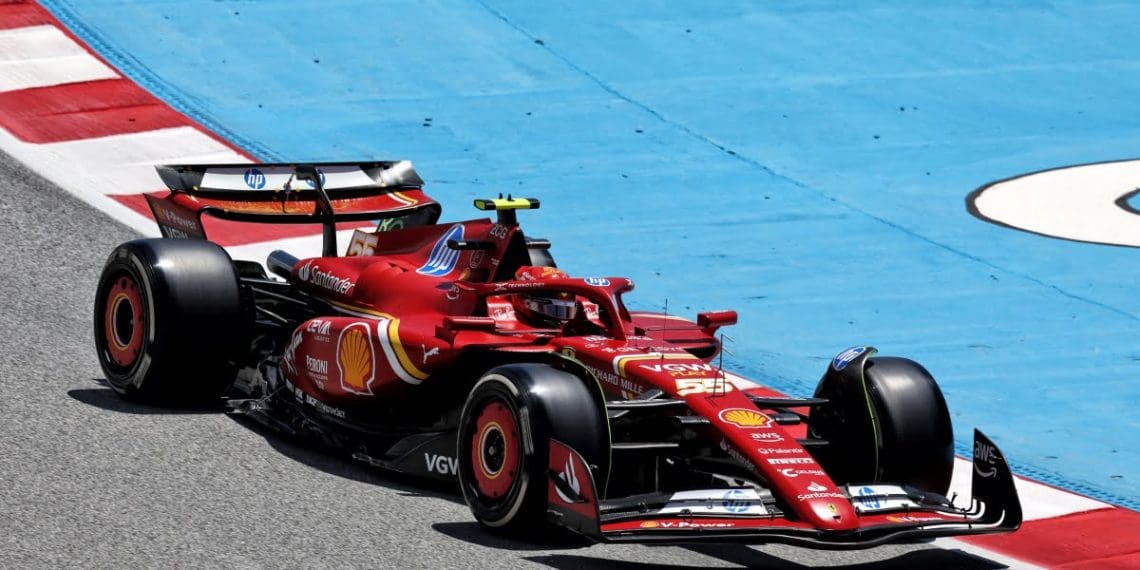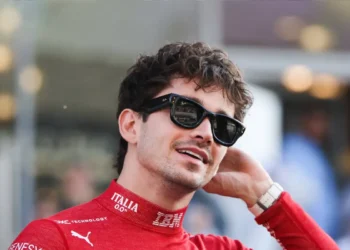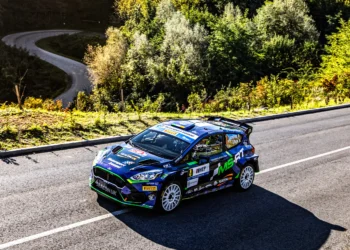Ferrari clarified that its decision to accelerate the introduction of its latest Formula 1 upgrade package for the Spanish Grand Prix was not a direct response to the disappointing performance in Canada. The team had a good start to the season but faced setbacks at the Circuit Gilles Villeneuve, with both drivers failing to reach Q3 and retiring from the race. In an attempt to address these issues, Ferrari brought forward developments that were originally planned for Silverstone, consisting of seven new components. However, Jock Clear, Ferrari’s Senior Performance Engineer, emphasized that these upgrades were not a reactive measure but rather part of their pre-planned strategy. Clear explained that the aerodynamic effects on the car are subtle, especially at the rear, and the upgrades were already in progress alongside the developments for the Imola race. The team is confident in the performance of these upgrades based on their past correlations, and their decision to introduce them in Barcelona serves as confirmation of their understanding of the car’s dynamics. Ferrari did not need to wait for the results of the Imola package to determine their next steps as they were already working on subsequent upgrades in parallel.
During a race weekend, teams often conduct consecutive comparison tests with different drivers using old and new parts. However, Ferrari chose not to do this during the first free practice session because they believed there was not enough time to gather conclusive evidence.
According to Clear, Ferrari has decided not to carry out a consecutive comparison test due to the limited training time available. They felt that it would not be possible to accurately evaluate the differences between the parts because the variations are very subtle. Additionally, factors such as the number of laps and slightly different driving styles would further complicate the evaluation process.
Despite not conducting the comparison test, Ferrari remains confident in their progress with tire management. They have been focused on improving power input and output, as well as tire degradation. As long as no unexpected problems arise, they will continue in the same direction.
Clear emphasized that evaluating development changes is challenging, especially when it comes to low-frequency indicators. Several races are needed to truly assess the impact of the changes, and only then can they determine if they made the right decisions.
Barcelona’s status as a conventional track and teams’ extensive knowledge of it help mitigate some of these challenges. The circuit offers an ideal environment to evaluate a car, which is why teams often choose to conduct pre-season tests there. Familiarity with the track allows for a more accurate assessment of the performance of different packages.
Clear also mentioned that the timing of the upgrade was influenced by the current competitiveness of the field. With the championship race being intense, gaining an advantage, even if it’s for a single race, can make a significant difference. Therefore, Ferrari decided to introduce the upgrade earlier than originally planned to maximize their gains.
When quantifying the value of an upgrade, Clear emphasized that performance is the ultimate measure. Although the aerodynamics department can produce interesting numbers, improving lap time is what really matters in the end.
Formula 1 driver Lewis Hamilton achieved another impressive victory at the Monaco Grand Prix last Sunday. Hamilton, who currently leads the World Drivers’ Championship, dominated the race from the start and crossed the finish line in first place. With this win, he extended his lead in the overall standings and is getting closer to securing his eighth world title.
The Monaco race is known to be one of the most challenging and thrilling on the Formula 1 calendar. With its narrow streets and tight corners, the circuit demands skill and precision from the drivers. Hamilton once again demonstrated why he is considered one of the greatest drivers in history, masterfully controlling the race and keeping his competitors at bay.
In addition to Hamilton’s victory, the Monaco Grand Prix was also marked by other exciting moments. Young driver Max Verstappen from the Red Bull Racing team delivered an impressive performance, finishing in second place. Verstappen showcased skill and bravery as he overtook other drivers on such a demanding circuit.
Another highlight of the race was the performance of Charles Leclerc, a Ferrari driver and darling of the Monegasque crowd. Leclerc, who started in pole position, led a significant part of the race but had to retire due to a mechanical issue. Nevertheless, his performance was applauded by the fans in the stands.
With the victory in Monaco, Hamilton consolidates himself as the favorite for this season’s world title. His dominant and consistent performance in all races so far puts him as the driver to beat. It remains to be seen if his opponents will be able to find a way to challenge him in the upcoming stages of the championship.
The next Formula 1 race will be the Canadian Grand Prix, which will take place next month. It will be interesting to see if Hamilton can maintain his winning pace and further extend his lead in the overall standings. Motorsport fans are certainly eager to see how this exciting season unfolds.










